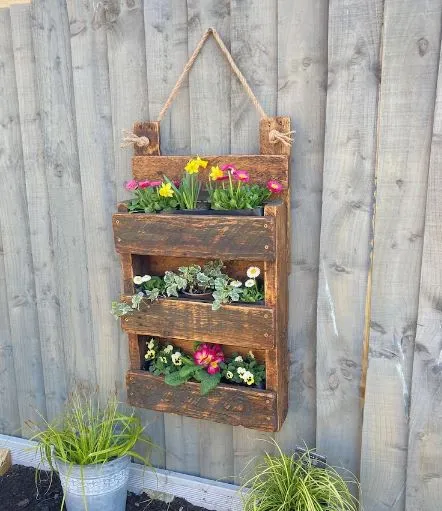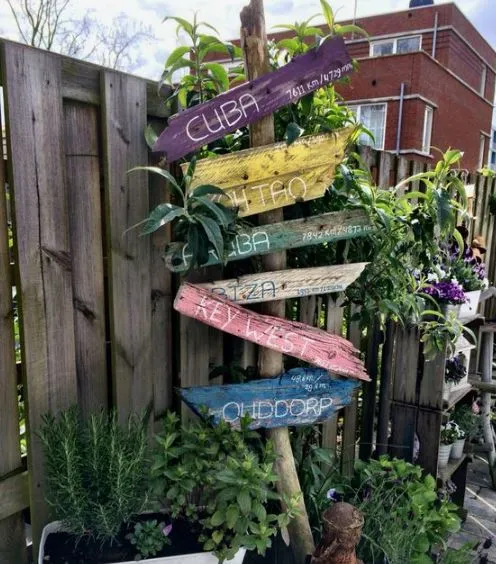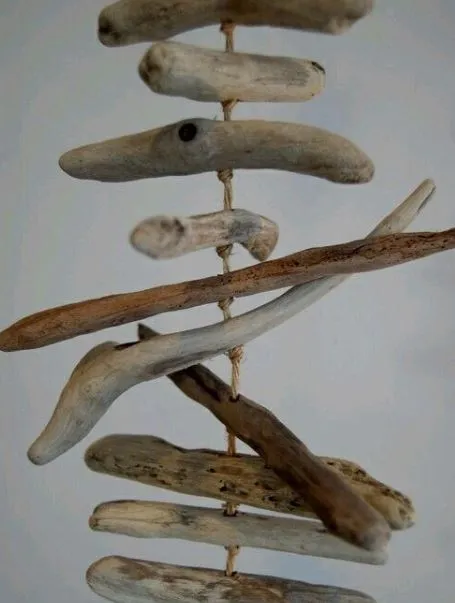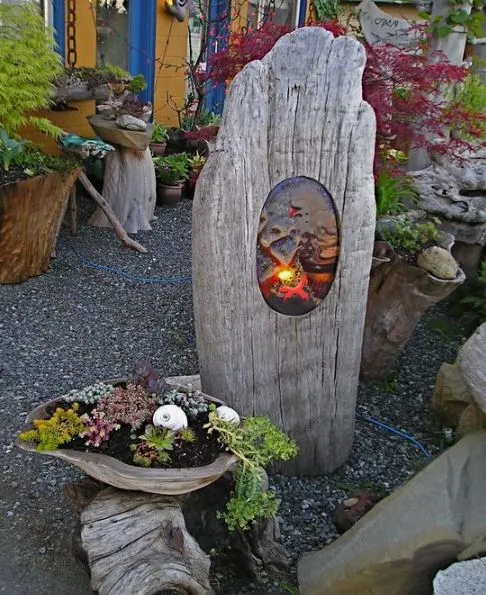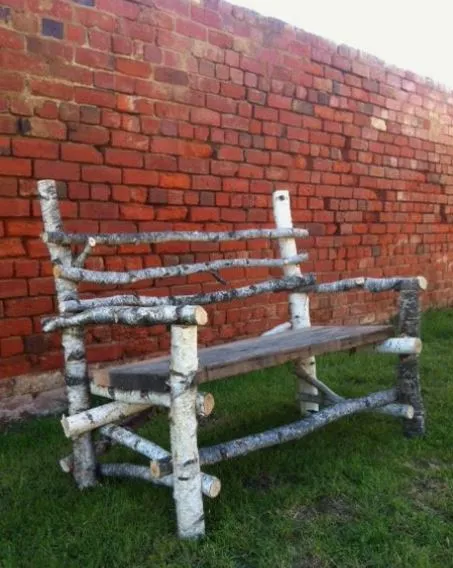Aside from aquariums and art, driftwood is also popular in gardens. Driftwood is appreciated for its unique shape and texture and may give your garden a unique look. However, how do you integrate driftwood into your garden? How to use driftwood in the garden?
You can use driftwood in the garden in many ways. You can use it to hold succulent plants, as a garden sculpture, pathway light holder, divider, furniture, and many more. You can also use your driftwood as a rain chain, signs, and garden furniture.
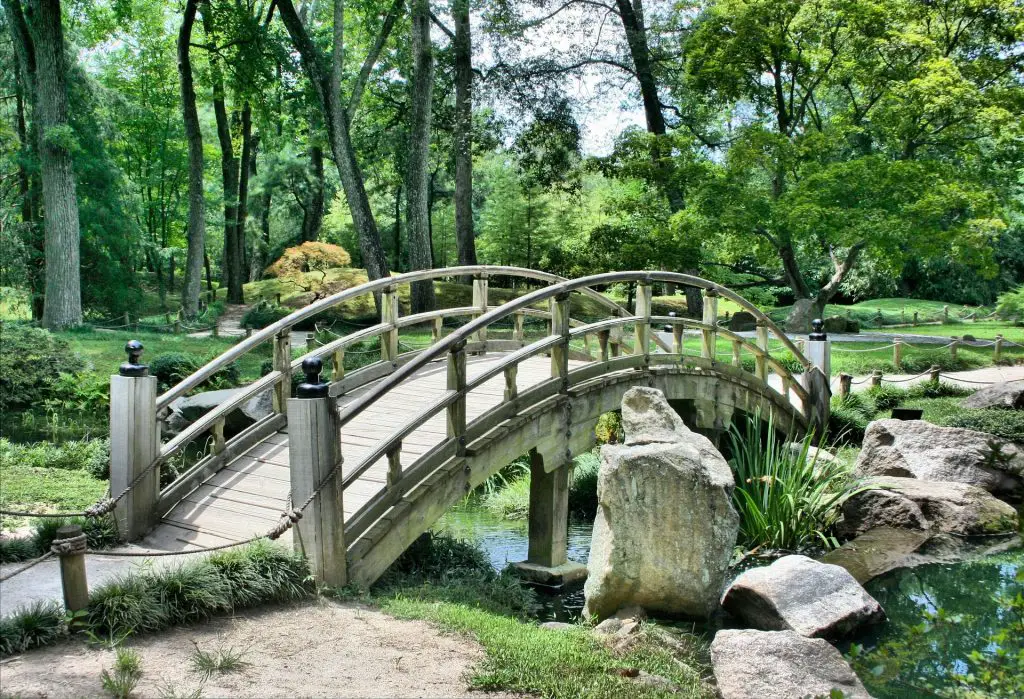
This article discusses how to use driftwood to beautify your garden and the best driftwood types for use in your garden. We also discuss how to prepare driftwood before you use it in your garden.
What Type Of Driftwood Is Best For Gardens?
Generally, the best driftwood for gardens is usually strong, sturdy driftwood that can withstand outdoor exposure. These include Malaysian, Mesquite, or Mopani. However, thin driftwood could be used for more intricate designs, such as Crepe Myrtle. The key is to select the right driftwood shape for your needs.
There are over 73,700 trees out there, so you can easily have 73,700 types of driftwood. However, there are not many popular ones, as some trees produce better driftwood.
You May Be Interested In: Best Driftwood Types: The Ultimate Guide
Some driftwood may be good for aquarium use, while some may be good for furniture or art use. Some are also excellent for garden use. Driftwood can be used in many ways in the garden, which means, at times, all types of driftwood may be suitable.
For example, if you are on the hunt for a signature sculpture piece, you can always opt for Bonsai driftwood. Suppose you are looking for strong, sturdy driftwood to serve as a base to hold a tabletop or a bench. In that case, you can never go wrong with Malaysian, Mopani, or Mesquite driftwood.
However, if you want to create garden light stands or a divider, you may be fine with thin, long driftwood such as Crepe Myrtle.
This means you may want to really observe and then formulate a clear idea of what you intend to do with your garden before going out and shopping for driftwood.
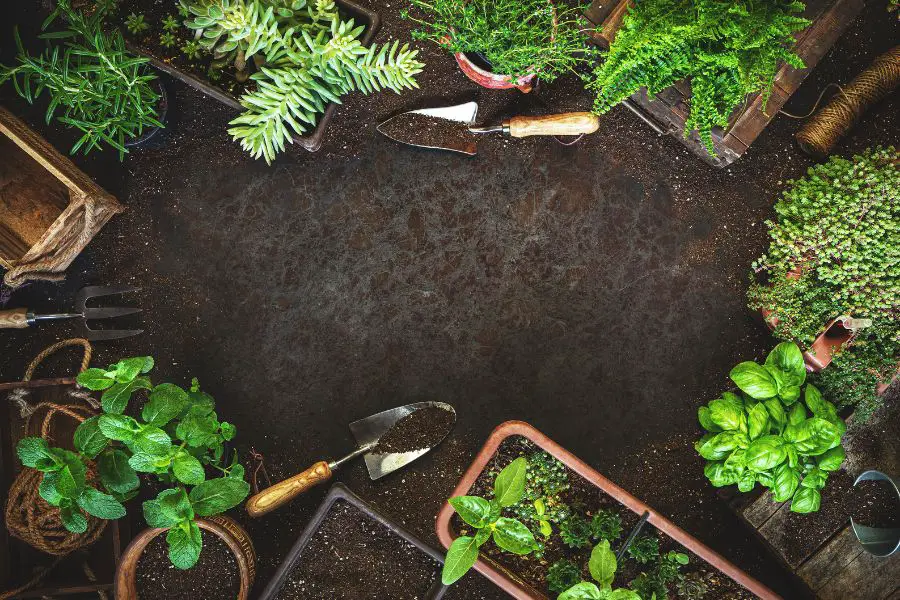
How To Use Driftwood In The Garden?
You can driftwood it to hold succulent plants, use it as a garden sculpture, as a garden light stand, divider, base for furniture such as tables and chairs, and many more. You can also use your driftwood as a rain chain, signs, and a divider.
When it comes to using driftwood in the garden, the possibility is endless. This is because you can decorate your garden in so many ways. All types of driftwood can be used.
Thick driftwood can be used to hold onto plants or serve as a base for furniture. Thin and long driftwood can make a divider or garden light holder.
The following are some suggestions on how you can use driftwood in your garden:
Succulent Plant Holders
Thicker driftwood with thicker branches may be able to play host to a wide array of plants. Succulent plants such as cactuses may be placed on this driftwood and grow very well. Air plants may thrive being placed in driftwood too.
This is because these succulents can take advantage of the holes and drainage driftwood. Air plants also do not need soil, meaning you can suspend it using driftwood, and it will still grow well.
Garden Signs
Driftwood is a great way to add some rustic, unique aesthetic value to your garden signs. Consider picking up a few thicker driftwood as the poles while you cut some driftwood in half.
Arrange them to form a flat surface, and secure them with bolts or glue. Then write down any message you intend on the flat surface. Push down the poles into the ground, and then mount the signboard on top.
Garden Sculptures
Garden sculptures can easily add artistic appeal to your garden. You may consider two types of garden sculptures, artwork sculpture or natural. For artwork sculpture, you can take driftwood, cut, shape it, and then finish it into a good art piece before displaying it in your garden.
You can also go natural, picking up a nice piece of driftwood and not doing anything to it. Instead, prepare a bed of river rock or sand and then place the driftwood on top as a display piece.
This gives the garden a centerpiece and adds some zen feel, similar to a Japanese garden. Bonsai driftwood may look good here, although any driftwood may work well.
You May Be Interested In: How To Make Driftwood Sculpture?
Rain Chains
Rain chains are essentially a chain used to help rainwater to flow down nicely from the roof gutter to a water container. Instead of purchasing a rain chain, why not create one with some driftwood?
Take some pieces of driftwood and crew in some eye hooks on both ends of the wool. Connect the driftwood pieces with chains, and hang them right under the openings of your roof gutter.
Garden Light
Driftwood makes great and affordable options for garden lighting. You can use long and thin driftwood pieces to hang garden lights in most situations. If you do not have long driftwood pieces, you can always look for shorter ones and push them into the ground along the pathway of your garden.
You can then hang lighting, such as solar or battery-powered lighting, to illuminate your garden, especially at night. You save money from buying poles and add some rustic feel to your garden.
Garden Furniture
You can also create garden furniture out of driftwood. You may need some thick, strong driftwood pieces to support the weight. Then you arrange them together and cut them at the same height to form a flat supporting surface.
You can then consider what to place on top of it. If the supporting surface is a little high, consider placing a piece of glass or wood to form a garden table. If the supporting surface is rather low, place a rounded flat piece of wood and make a stool.
You can also create a longer supporting surface and place a long flat piece of wood on top to make a bench.
Divider
Depending on your garden’s setup, you may need a divider. Divider helps to physically divide a space, yet allows sunlight and air to pass through it. You can easily use driftwood to create a divider.
Look for some long driftwood pieces with branching, then cut the base and the top to be around the same height. Then you can dig about 1 or 2 feet of holes into the ground and arrange the driftwood pieces side by side to form a divider.
Reseal the hole with the soil and pack the remaining around to help stabilize the wood. If you need to, consider screwdriving the wood pieces together to form a stronger bond.
Pergola
Pergola makes a great addition to any garden. Aside from providing shade, it can also be used as a place for woody vines such as grapes or ivy to grow. You can also use driftwood to build a pergola.
Start by building up the beams and cross beams for your pergola. Depending on your preferences, you can use driftwood or regular wood pieces to build them. For the lattice, you can find longer driftwood and arrange them on the cross beams to create a rustic, more natural look.
How To Prepare Driftwood For Garden Use?
Generally, you may need to at least treat the driftwood pieces before using them in the garden. This is to ensure the wood is clean and free from fungi and microorganisms that may cause it to rot faster.
Driftwood is basically a dead piece of wood that is slowly rotting away. If you intend to use it in your garden, you should treat and prepare the driftwood.
Treatment may be optional if you only want to use it to hold plants or light posts. But if you are keen to use driftwood to make structures such as pergolas or furniture, you should treat the driftwood.
This is because treating the wood kills off all fungi and microorganisms inside, meaning the wood may rot slower and not turn black or white too soon.
Treatment usually starts with boiling the wood piece before soaking it in bleach solutions and then drying it. Some may even apply finishing to the wood, such as oils or epoxy resin, to seal the wood piece permanently.
READ MORE: How To Treat And Preserve Driftwood


